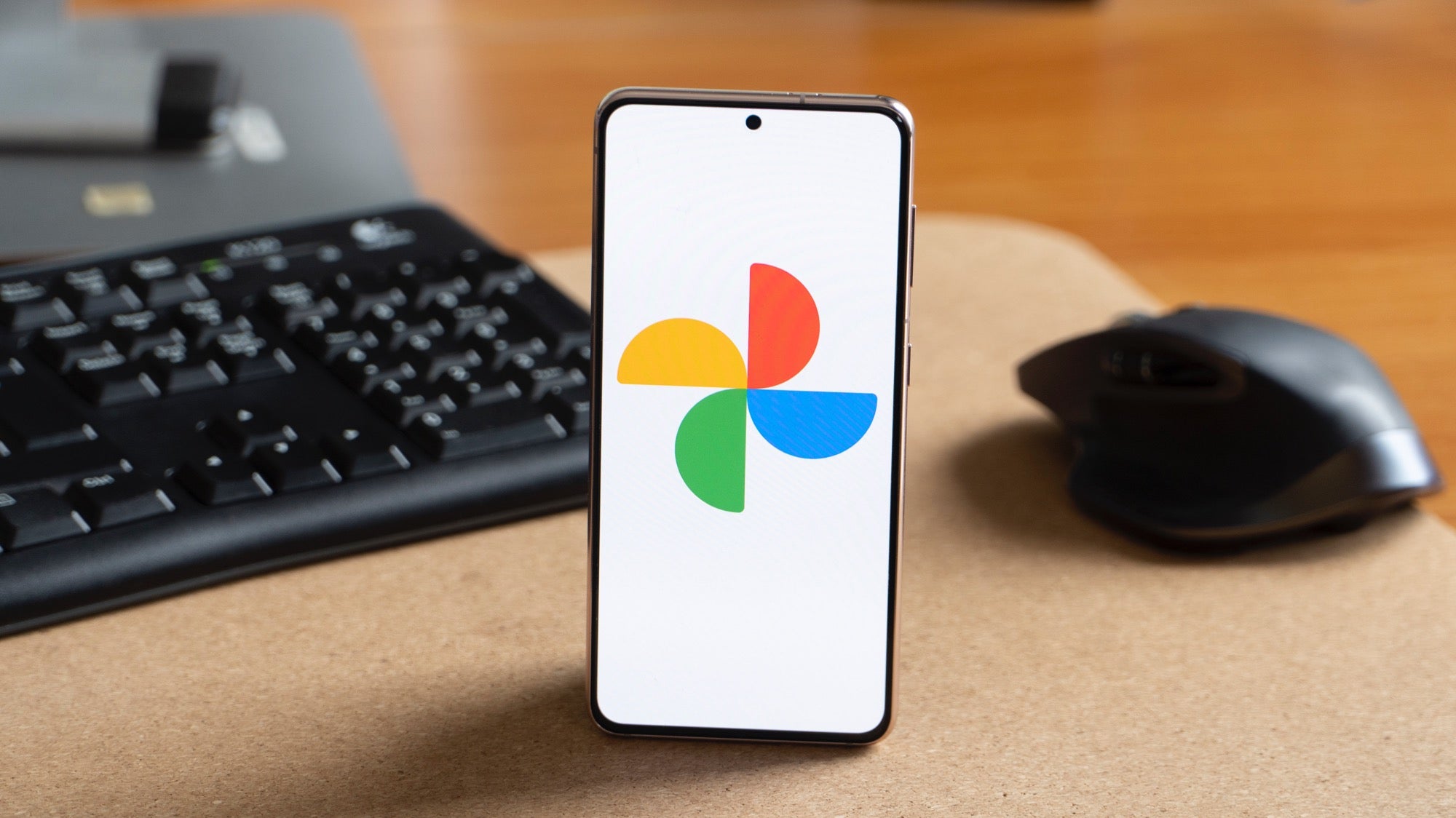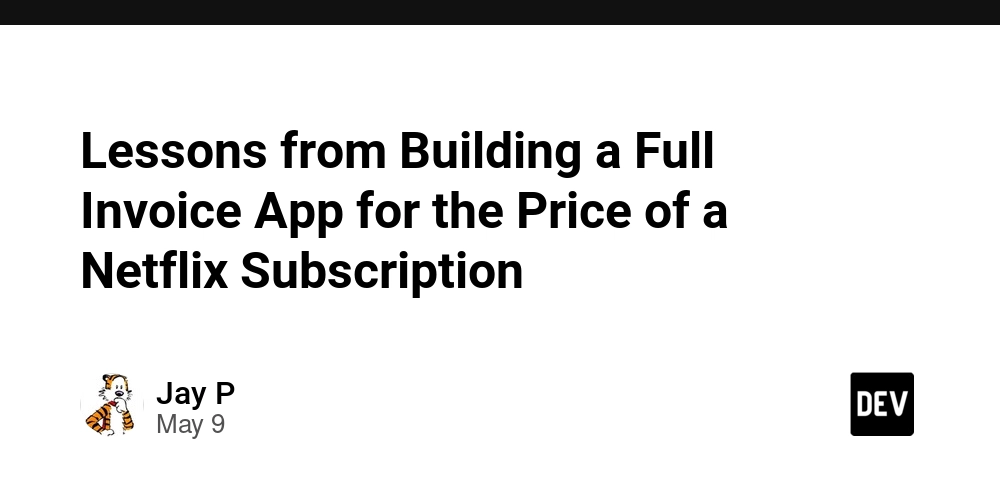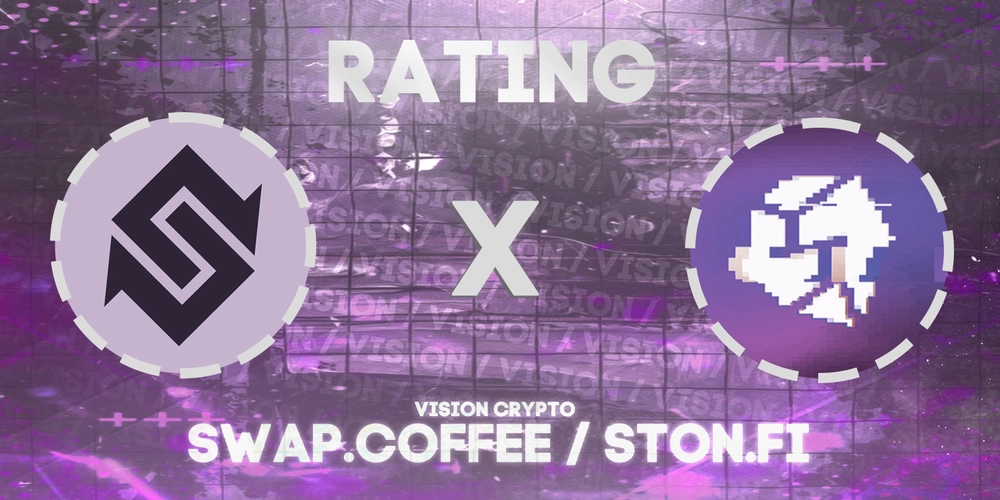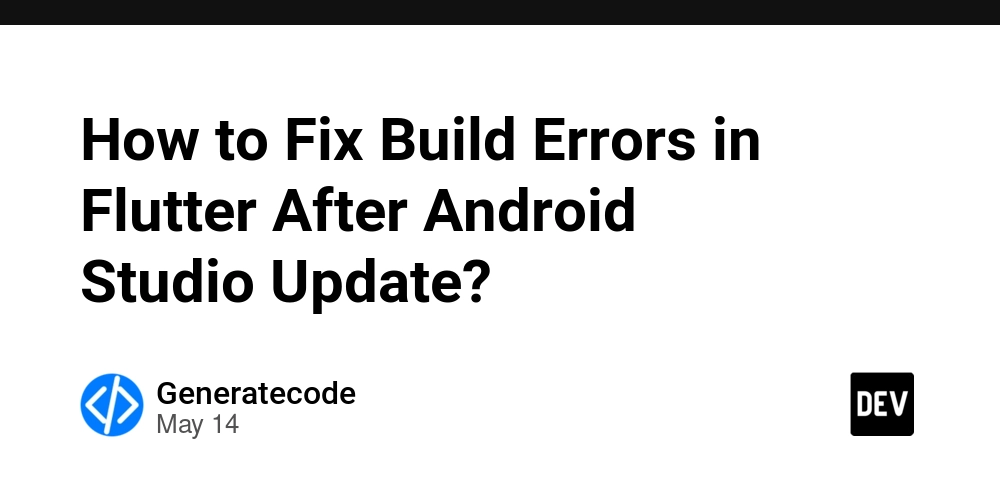Unveiling CeCILL-B: A Comprehensive Exploration of a Fair Open Source License
Abstract: This post takes you on a deep dive into the CeCILL-B Free Software License Agreement. Here, we explain its history, core concepts, applications, limitations, and future trends. We compare CeCILL-B to other popular licenses using tables and bullet lists, and we incorporate references from authoritative sources such as License Token, OSI Licenses, and discussions on Hacker News. Through technical yet accessible language and clear structure, we provide a holistic view on how CeCILL-B not only protects developers and the open source ecosystem but also guides the evolution of fair licensing in a rapidly changing digital world. Introduction The world of open source licensing continuously evolves, and among the plethora of licenses available, the CeCILL-B Free Software License Agreement stands out for its balance between freedom and fairness. Designed with European legal traditions in mind, CeCILL-B protects both developers’ rights and users’ freedoms. This post will delve deep into CeCILL-B’s core features, history, and real-world applications, while also comparing it with alternatives like the MIT License, GNU GPL, and even blockchain-focused licenses like the Open Compensation Token License (OCTL). Background and Context History of CeCILL-B CeCILL-B was born from a need within the European tech ecosystem to harmonize open source legal models with regional laws. Originally crafted through extensive discussions and drafts among legal experts and developers, its primary goal is to balance permissiveness with protection. This careful ideological and legal design is summarized in numerous detailed overviews including the "CeCILL-B Free Software License Agreement summary". Its development was influenced by debates about equity in contributions and ensuring that no party exploits community effort without due recognition or compensation. Legal and Ecosystem Context In an era where open source projects form the backbone of many innovative technologies, legal protections are critical. CeCILL-B is one of several licenses enabling collaboration while preserving intellectual property rights. It sits within a spectrum of licenses ranging from highly permissive ones like the MIT License to strict copyleft models like the GNU GPL. Moreover, discussions on platforms such as Hacker News and Stack Overflow continue to shape its perception in both academic and industrial circles. Key legal terms often associated with CeCILL-B include: Fair code principles Developer protection Equitable compensation Open collaboration Core Concepts and Features Design Philosophy The design philosophy behind CeCILL-B is centered on fairness. It is structured to: Maintain clear rights and obligations for users and developers. Ensure developers are not exploited by third parties. Provide legally robust language that supports both academic and commercial projects. This license acknowledges the unique challenges posed by modern software development by integrating fair code principles to guarantee that innovations are every bit protected. Features of CeCILL-B CeCILL-B offers many technical and functional benefits: Legal Clarity: Through succinct clauses and transparent language, the license facilitates legal compliance. Balance of Permissiveness and Protection: It offers developers freedom while including safeguards against undue commercial exploitation. Community-Driven Evolution: Discussions on forums like Twitter and GitHub show that continuous community feedback drives regular improvements. Compatibility Challenges: Although it supports integration with many open source and fair code licenses, incompatibilities may arise when merging with highly permissive licenses such as the MIT License. Detailed Comparison Table Below is a simplified comparison table, highlighting how CeCILL-B stands in relation to other popular licenses: License Compensation & Fairness Flexibility Clarity Developer Protection CeCILL-B Emphasizes fair compensation; community donations may be used. Moderate; careful integration needed. Highly detailed with clear clauses. Strong focus to prevent exploitation. OCTL Uses blockchain incentives for direct compensation. High; designed for modern integrations. Smart contract based clarity. High; transparency ensures fair attribution. MIT License Relies on community goodwill; no built-in compensation mechanism. Very high; widely adopted. Minimal legal text; straightforward. Lower; commercial use may not require compensation. GNU GPL Strict copyleft ensures reciprocation. Lower; strict copyleft requirements impede dual licensing. Moderately complex legal language. Moderate; forces open redistribution. Applications and Use Cases Real-World Examples There are several practical examples where CeCILL-B has played a vital role: Academic Research Projects: Universities an
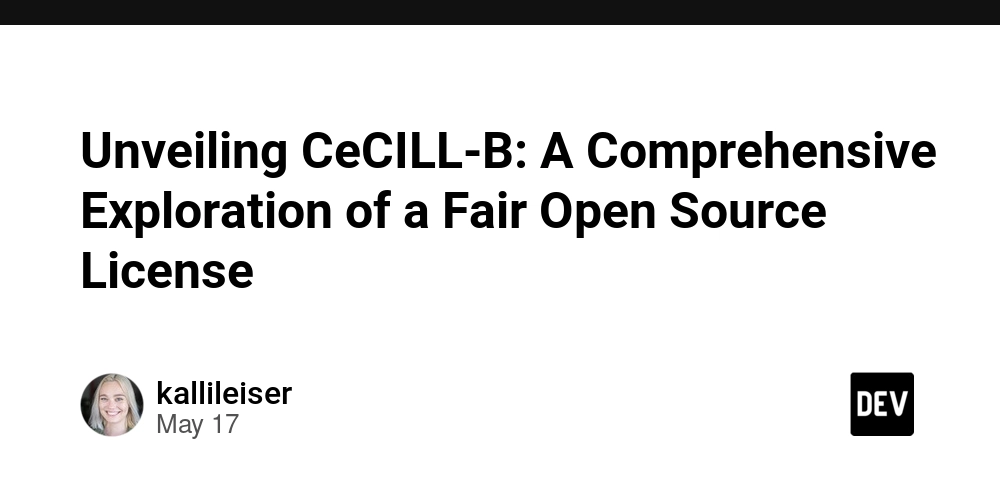
Abstract:
This post takes you on a deep dive into the CeCILL-B Free Software License Agreement. Here, we explain its history, core concepts, applications, limitations, and future trends. We compare CeCILL-B to other popular licenses using tables and bullet lists, and we incorporate references from authoritative sources such as License Token, OSI Licenses, and discussions on Hacker News. Through technical yet accessible language and clear structure, we provide a holistic view on how CeCILL-B not only protects developers and the open source ecosystem but also guides the evolution of fair licensing in a rapidly changing digital world.
Introduction
The world of open source licensing continuously evolves, and among the plethora of licenses available, the CeCILL-B Free Software License Agreement stands out for its balance between freedom and fairness. Designed with European legal traditions in mind, CeCILL-B protects both developers’ rights and users’ freedoms. This post will delve deep into CeCILL-B’s core features, history, and real-world applications, while also comparing it with alternatives like the MIT License, GNU GPL, and even blockchain-focused licenses like the Open Compensation Token License (OCTL).
Background and Context
History of CeCILL-B
CeCILL-B was born from a need within the European tech ecosystem to harmonize open source legal models with regional laws. Originally crafted through extensive discussions and drafts among legal experts and developers, its primary goal is to balance permissiveness with protection. This careful ideological and legal design is summarized in numerous detailed overviews including the "CeCILL-B Free Software License Agreement summary". Its development was influenced by debates about equity in contributions and ensuring that no party exploits community effort without due recognition or compensation.
Legal and Ecosystem Context
In an era where open source projects form the backbone of many innovative technologies, legal protections are critical. CeCILL-B is one of several licenses enabling collaboration while preserving intellectual property rights. It sits within a spectrum of licenses ranging from highly permissive ones like the MIT License to strict copyleft models like the GNU GPL. Moreover, discussions on platforms such as Hacker News and Stack Overflow continue to shape its perception in both academic and industrial circles.
Key legal terms often associated with CeCILL-B include:
- Fair code principles
- Developer protection
- Equitable compensation
- Open collaboration
Core Concepts and Features
Design Philosophy
The design philosophy behind CeCILL-B is centered on fairness. It is structured to:
- Maintain clear rights and obligations for users and developers.
- Ensure developers are not exploited by third parties.
- Provide legally robust language that supports both academic and commercial projects.
This license acknowledges the unique challenges posed by modern software development by integrating fair code principles to guarantee that innovations are every bit protected.
Features of CeCILL-B
CeCILL-B offers many technical and functional benefits:
- Legal Clarity: Through succinct clauses and transparent language, the license facilitates legal compliance.
- Balance of Permissiveness and Protection: It offers developers freedom while including safeguards against undue commercial exploitation.
- Community-Driven Evolution: Discussions on forums like Twitter and GitHub show that continuous community feedback drives regular improvements.
- Compatibility Challenges: Although it supports integration with many open source and fair code licenses, incompatibilities may arise when merging with highly permissive licenses such as the MIT License.
Detailed Comparison Table
Below is a simplified comparison table, highlighting how CeCILL-B stands in relation to other popular licenses:
| License | Compensation & Fairness | Flexibility | Clarity | Developer Protection |
|---|---|---|---|---|
| CeCILL-B | Emphasizes fair compensation; community donations may be used. | Moderate; careful integration needed. | Highly detailed with clear clauses. | Strong focus to prevent exploitation. |
| OCTL | Uses blockchain incentives for direct compensation. | High; designed for modern integrations. | Smart contract based clarity. | High; transparency ensures fair attribution. |
| MIT License | Relies on community goodwill; no built-in compensation mechanism. | Very high; widely adopted. | Minimal legal text; straightforward. | Lower; commercial use may not require compensation. |
| GNU GPL | Strict copyleft ensures reciprocation. | Lower; strict copyleft requirements impede dual licensing. | Moderately complex legal language. | Moderate; forces open redistribution. |
Applications and Use Cases
Real-World Examples
There are several practical examples where CeCILL-B has played a vital role:
- Academic Research Projects: Universities and research institutions in Europe have used CeCILL-B to ensure legal clarity in code contributions and to maintain a fair ecosystem for derivative research.
- Government and Public Sector Initiatives: In cases where public funding is involved, using a license like CeCILL-B helps maintain transparency and developer recognition.
- Commercial Software Ventures: Start-ups balancing innovation with strict legal protection find CeCILL-B a useful choice to safeguard intellectual property while allowing for community collaboration.
Case Study: Developer Community Engagement
A notable success story involves a European tech consortium that adopted CeCILL-B for its software project. The clear contractual framework led to fast iterations on GitHub, increased community contributions, and even attracted corporate sponsorship. The transparency in legal obligations helped the project scale rapidly while ensuring that every contributor was treated fairly.
Other Use Cases (Bullet List)
- Academic Collaboration: Secure, collaborative research projects.
- Governmental Software Projects: Clear legal parameters and accountability.
- Commercial Startups: Balance between open innovation and commercial safeguards.
- Hybrid Projects: Dual licensing strategies where parts of the code remain under CeCILL-B while proprietary add-ons can be separately licensed.
Challenges and Limitations
Technical and Legal Barriers
Despite its strong capabilities, CeCILL-B is not without limitations:
- Compatibility Concerns: Integrating code under CeCILL-B with software licensed under more permissive models (like the MIT License) can cause legal complexities.
- Enforcement Challenges: Like many open source licenses, enforcing widely distributed contributions across international jurisdictions remains a critical challenge.
- Ambiguity with Circuitous Use: While the language is robust, some contributors argue that certain clauses remain open to interpretation, particularly when commercial interests are involved.
Community and Adoption Challenges
Adoption barriers include:
- Contributor Identification: Projects lacking stringent Contributor License Agreements (CLAs) risk facing disputes over intellectual property rights.
- Industry Reluctance: Some corporate environments require more flexible licensing models, prompting debates on whether CeCILL-B’s fair code principles might sometimes hinder commercial scalability.
- Ecosystem Fragmentation: The emergence of blockchain-based incentive models (e.g., via OCTL) challenges traditional notions of open source contribution and may require further refinement in CeCILL-B’s future iterations.
Future Outlook and Innovations
Trends in Open Source Licensing
The open source landscape is witnessing dynamic changes such as:
- Blockchain Integration: Modern licensing solutions are beginning to incorporate blockchain-based transparency, directly linking usage metrics to developer compensation.
- Dual Licensing Approaches: More projects are exploring hybrid models where core contributions are licensed under CeCILL-B while proprietary components are separately licensed. This approach aims to maximize both open collaboration and commercial viability.
- Enhanced Contributor Agreements: Future iterations could see more automated methods—potentially leveraging smart contracts—for verifying and safeguarding contributor identities, reducing legal ambiguities.
Future Innovations
- Digital Compensation Models: Looking forward, licenses might blend traditional legal frameworks with token-based rewards—a trend already seen in OCTL.
- Interoperability Focus: There is a strong push towards ensuring that CeCILL-B can interoperate seamlessly with other major licenses, reducing friction in mixed-license projects.
- User-Centric Legal Innovations: As open source communities mature, additional emphasis on clearly outlining derivative work terms and using machine-readable legal texts can further reduce disputes.
Relevant insights on evolving open source licensing can be found on GitHub License Usage and discussions on Stack Overflow.
Perspectives from the Developer Community
Several thought leaders from the open source community have shared insights on evolving licensing models. For instance, this Dev.to article by Ahmmrizv9 discusses how fair open source licensing can pave the way for sustainable growth. Similarly, Vanessa McDurban’s exploration provides practical guidance for projects navigating the complex licensing landscape today.
Summary
In conclusion, the CeCILL-B Free Software License Agreement stands as a versatile yet robust legal framework in the open source ecosystem. Its design, rooted in fair code principles, aims to protect developers against exploitation while fostering collaboration across academic, governmental, and commercial projects.
Key takeaways include:
- Legal Clarity: CeCILL-B uses precise language to outline rights and responsibilities.
- Balanced Freedoms: It harmonizes open access with strong developer protections.
- Adoption Challenges: Issues like compatibility and enforcement remain but offer avenues for future enhancements.
- Future Trends: Integration with blockchain mechanisms and dual licensing approaches signal exciting innovations ahead.
For more detailed insights, you can read the Original Article which offers a comprehensive summary and review of CeCILL-B.
Further Reading and Resources
- License Token Wiki
- OSI Licenses
- GNU General Public License
- GitHub License Usage Blog
- Hacker News Discussions
Additional insights are available from developer communities on Dev.to, such as:
- Unveiling a New Era of Fair Open Source Licensing
- Navigating the World of Open Source Licenses
- Exploring GitHub Sponsors and Open Source Funding
Concluding Remarks
As the open source movement continues to evolve, licenses like CeCILL-B set the standard for how legal frameworks can empower developers while ensuring ethical usage of their work. By paving the way for innovations in compensation, interoperability, and legal transparency, CeCILL-B remains a compelling choice for projects that strive for fairness in today's diverse and dynamic technological landscape.
Embracing these advanced models can ensure that the ecosystem remains sustainable, collaborative, and driven by principles that value each contribution. Whether you are a developer looking to contribute, a project lead, or a legal expert in software, understanding the nuances of licenses such as CeCILL-B is essential for navigating the future of open source and fair code licensing.
Happy coding and here’s to a future of fair, open innovation!












































































































































































![[The AI Show Episode 146]: Rise of “AI-First” Companies, AI Job Disruption, GPT-4o Update Gets Rolled Back, How Big Consulting Firms Use AI, and Meta AI App](https://www.marketingaiinstitute.com/hubfs/ep%20146%20cover.png)















































































































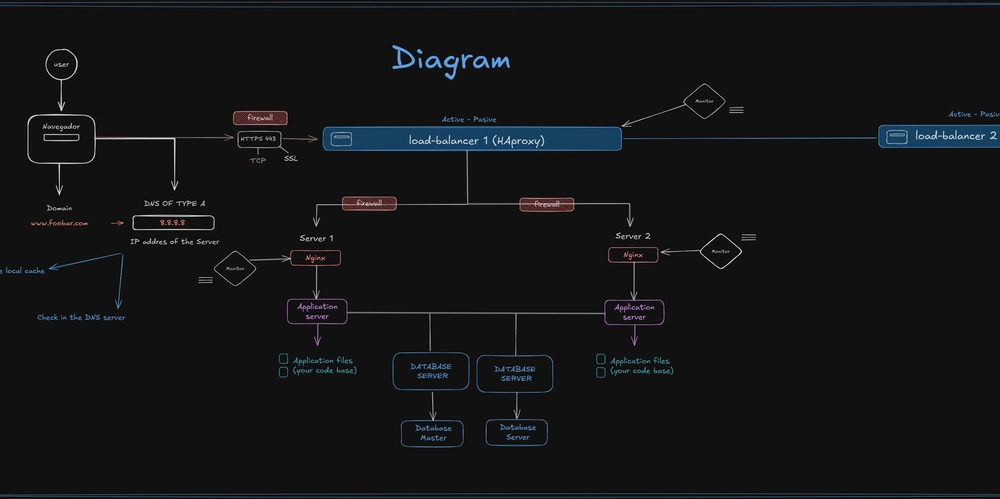











![[FREE EBOOKS] Modern Generative AI with ChatGPT and OpenAI Models, Offensive Security Using Python & Four More Best Selling Titles](https://www.javacodegeeks.com/wp-content/uploads/2012/12/jcg-logo.jpg)




![How to make Developer Friends When You Don't Live in Silicon Valley, with Iraqi Engineer Code;Life [Podcast #172]](https://cdn.hashnode.com/res/hashnode/image/upload/v1747360508340/f07040cd-3eeb-443c-b4fb-370f6a4a14da.png?#)




























































































































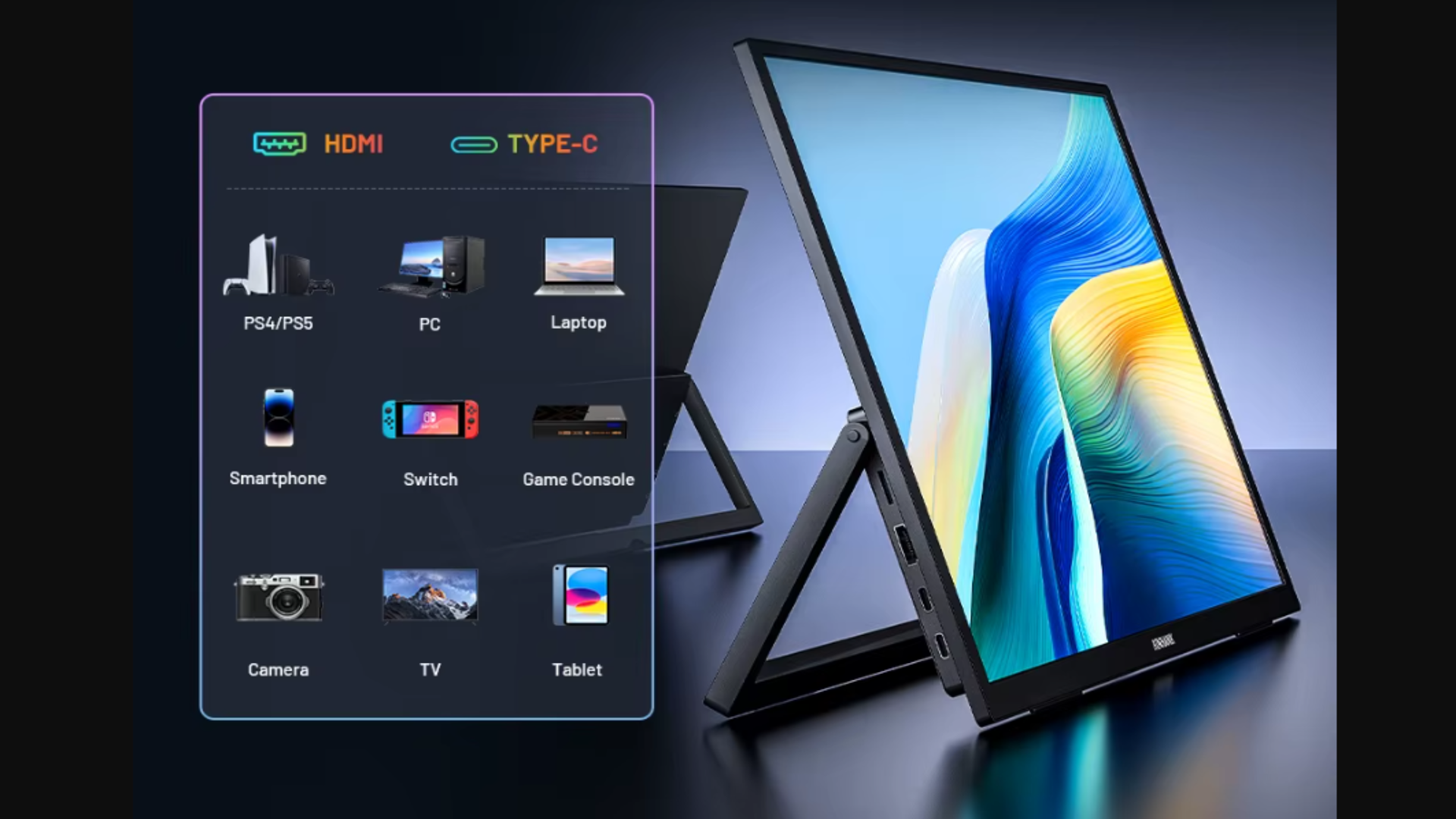













![[Virtual Event] Strategic Security for the Modern Enterprise](https://eu-images.contentstack.com/v3/assets/blt6d90778a997de1cd/blt55e4e7e277520090/653a745a0e92cc040a3e9d7e/Dark_Reading_Logo_VirtualEvent_4C.png?width=1280&auto=webp&quality=80&disable=upscale#)















































































-xl-(1)-xl-xl.jpg)
























![iPhone 17 Air Could Get a Boost From TDK's New Silicon Battery Tech [Report]](https://www.iclarified.com/images/news/97344/97344/97344-640.jpg)
![Vision Pro Owners Say They Regret $3,500 Purchase [WSJ]](https://www.iclarified.com/images/news/97347/97347/97347-640.jpg)
![Apple Showcases 'Magnifier on Mac' and 'Music Haptics' Accessibility Features [Video]](https://www.iclarified.com/images/news/97343/97343/97343-640.jpg)
![Sony WH-1000XM6 Unveiled With Smarter Noise Canceling and Studio-Tuned Sound [Video]](https://www.iclarified.com/images/news/97341/97341/97341-640.jpg)














































